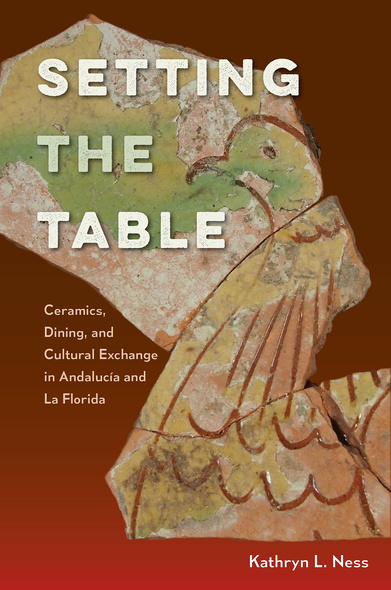
Setting the Table
Ceramics, Dining, and Cultural Exchange in Andalucía and La Florida
“A long-needed comparison between Spanish and Spanish colonial sites, showing how both inform us about Spanish identity at home and abroad.”—Charles R. Ewen, coauthor of Hernando de Soto among the Apalachee
“The first systematic attempt to consider the eighteenth-century archaeological record in Spain and measure it against the decades-long research in St. Augustine. It is long overdue and valuable.”—Russell K. Skowronek, coauthor of Ceramic Production in Early Hispanic California: Craft, Economy, and Trade on the Frontier of New Spain
Examining ceramics from eighteenth-century household sites in Jerez de la Frontera, Spain, and St. Augustine, Florida, Setting the Table opens up new interpretations of cultural exchange and identity in the early modern Spanish empire.
To analyze and compare tableware from these far-removed locations, Kathryn Ness proposes and employs a new vessel-based classification system to bridge the differences between existing systems. Her findings show that on both sides of the Atlantic, similar major changes to dining practices and foodways developed at almost the same time. Ness argues that early modern people were creating and expressing a distinct Spanish-American identity that retained some traditions from the home country while welcoming new ideas from an increasingly global network.
A volume in the Florida Museum of Natural History: Ripley P. Bullen Series





